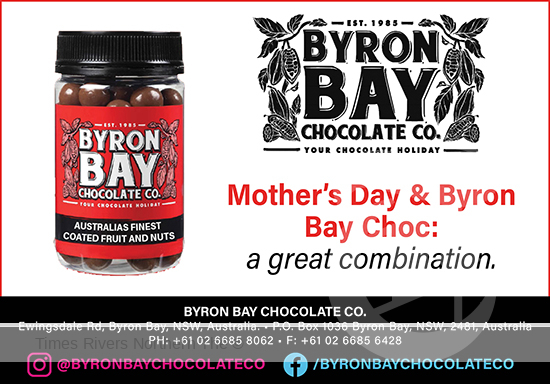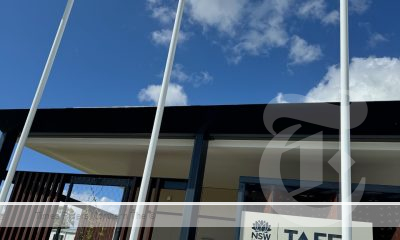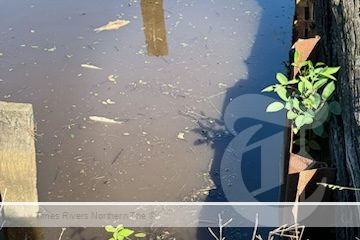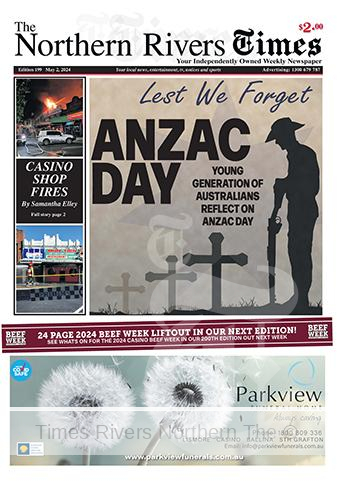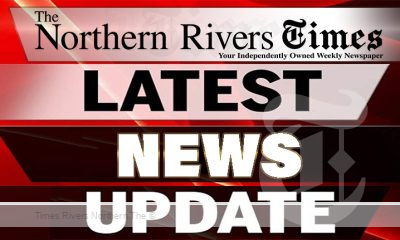Perinatal Mental Health Week shines light on challenges for regional and remote families
This Perinatal Mental Health Week (12-18 November), parenting experts at the Triple P – Positive Parenting Program are shining a light on giving babies the best start in life by improving the mental health and wellbeing of new parents and carers in regional and remote areas.
Associate Professor Alina Morawska, Director of The University of Queensland’s Parenting and Family Support Centre and Triple P for Baby co-author, said an estimated 1 in every 5 women and 1 in 10 fathers or non-birth partners experience anxiety, depression, or both during pregnancy and/or following birth.
“A lack of access to specialist perinatal mental health care in rural and remote settings, ongoing weather events, financial strain, and social isolation can further compound the challenges faced by new parents and carers in regional and remote areas. This can leave them feeling stressed, anxious, unhappy, and tired – all risk factors that increase the likelihood of developing mental health concerns and negatively impacting family life,” Dr Morawska said.
Advertisements

“Moreover, a recent longitudinal study followed over 800 women and found that women living in rural communities who had depression reported significantly higher parenting stress when compared to women living in metropolitan areas, and also reported lower access to parenting activities and supports.”
Triple P Online for Baby, the free, evidence-based online program for new and expecting parents, can be a welcome support, not only in normalising seeking help but also to provide tips and strategies to help families navigate the early stages of parenting with more confidence.
Thanks to Australian Government funding, parents and carers can access the online program at any time, which can be especially beneficial for those in rural and remote areas who may otherwise have limited access to support.
Dr Morawska says, “The Triple P for Baby program offers online modules that can be done at your own pace with strategies that suit each family’s specific needs and includes ideas and strategies to support parents’ emotional well-being.”

To help expecting and new parents adjust, Triple P has shared the following tips:
- It’s normal to feel a mix of emotions, from joy to uncertainty, and sometimes even fear or sadness. Try to be gentle with yourself as you adjust to this new journey.
- It’s okay to feel consumed by your baby’s needs but also try to remember to take some time to look after yourself, too. Rather than being selfish, it can make all the difference in feeling calmer and more positive and, in turn, this benefits your baby.
- Making eye contact, singing, cuddling, stroking, rocking, talking, and reading to your baby can help to strengthen your bond and boost their learning, development, and wellbeing.
- Every baby is unique, and it can take time and patience to learn how to read their cues and signals. You and your baby are learning together.
“Triple P Online for Baby is a source of much needed support, however if you’re a new parent or expecting a baby and you’re feeling sad, anxious, or guilty and feel you may need some extra assistance, try to remember that asking for help is a sign of strength. Get in touch with your doctor, health professional or a support group like PANDA. Guidance and reassurance are available,” Dr Morawska said.
Delivery of the Triple P – Positive Parenting Program to parents and carers of children in Australia is supported by funding from the Australian Government Department of Health and Aged Care under the Parenting Education and Support Program. Parents and carers can access free, online parenting support 24/7 here.
For more rural news, click here.

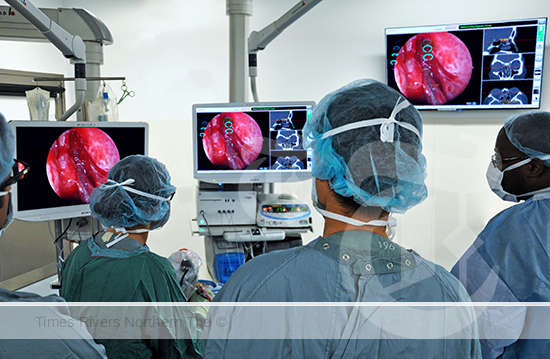

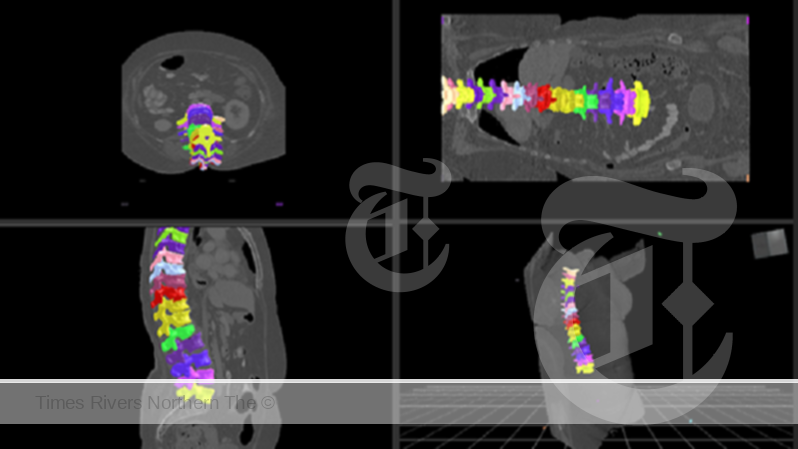

 Tweed Shire News2 years ago
Tweed Shire News2 years ago
 Motoring News1 year ago
Motoring News1 year ago
 COVID-19 Northern Rivers News3 years ago
COVID-19 Northern Rivers News3 years ago
 COVID-19 Northern Rivers News3 years ago
COVID-19 Northern Rivers News3 years ago
 Northern Rivers Local News3 years ago
Northern Rivers Local News3 years ago
 Health News3 years ago
Health News3 years ago
 COVID-19 Northern Rivers News3 years ago
COVID-19 Northern Rivers News3 years ago
 NSW Breaking News3 years ago
NSW Breaking News3 years ago










